Unlocking the Secrets of Oxygen Saturation Monitors for Healthy Living
In an era where health monitoring has become integral to daily living, the Oxygen Saturation Monitor emerges as a vital tool for promoting overall wellness. According to the World Health Organization (WHO), maintaining an oxygen saturation level above 90% is crucial for optimal health, particularly for individuals with respiratory conditions.
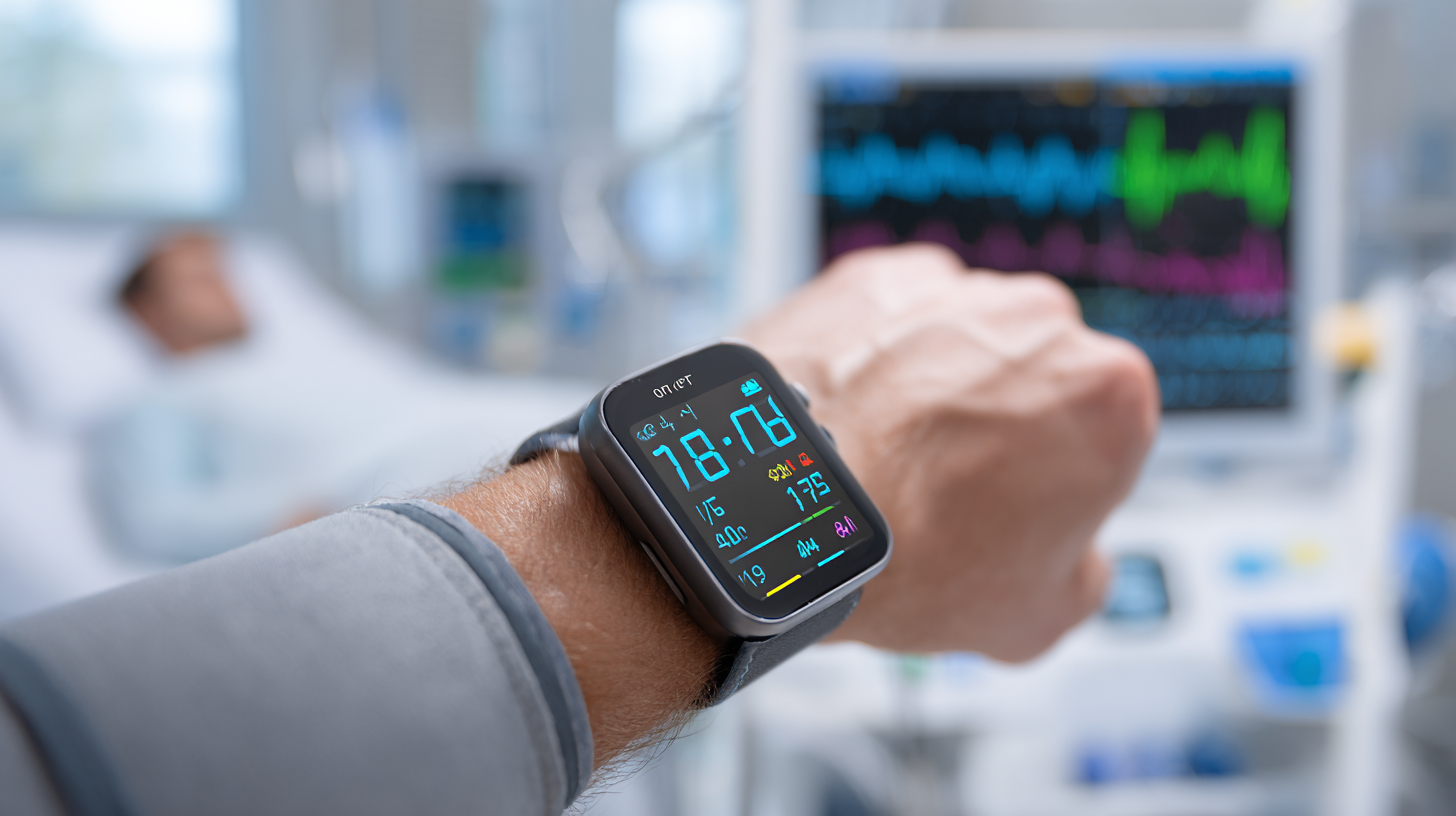
Understanding Oxygen Saturation: What It Is and Why It Matters
Oxygen saturation is a vital health indicator that refers to the percentage of hemoglobin in the blood that is saturated with oxygen. Normal levels typically range from 95% to 100%. Monitoring this key metric is essential, as various health conditions can lead to decreased oxygen levels, directly impacting bodily functions. For instance, studies suggest that patients with chronic obstructive pulmonary disease (COPD) often experience saturation levels below 90%, which can lead to severe complications and increased mortality rates if not addressed promptly.

Understanding why oxygen saturation matters extends beyond simply recognizing the numbers on a monitor. Researchers found that low oxygen saturation can be indicative of respiratory distress or cardiac dysfunction, conditions that require immediate medical intervention. According to the World Health Organization (WHO), around 65 million people suffer from COPD, placing them at higher risk for hypoxemia—a condition characterized by abnormally low oxygen levels in the blood. Regular monitoring through oxygen saturation monitors enables individuals and healthcare providers to track these levels effectively, facilitating timely action and improving overall outcomes for those at risk.
Choosing the Right Oxygen Saturation Monitor for Your Needs
When selecting an oxygen saturation monitor, it's crucial to consider your specific needs and lifestyle. Different models cater to various user groups, from athletes monitoring their performance to individuals with chronic respiratory conditions requiring regular assessments. If you are an active person, a portable and lightweight pulse oximeter may be ideal, allowing for easy measurement during workouts or outdoor activities. For home use, a more comprehensive device with larger display screens and memory features might be beneficial, providing detailed insights into your oxygen levels over time.
Additionally, ensure the monitor you choose is FDA-approved for accuracy and reliability. Look for user-friendly interfaces and consider whether you prefer a fingertip model or a wristband style for convenience. Battery life and ease of maintenance are also vital factors; choosing a device with long battery life can enhance your experience and reduce interruptions in monitoring. By carefully assessing these aspects, you can find the right oxygen saturation monitor that not only meets your medical needs but also enhances your overall well-being.

How to Properly Use an Oxygen Saturation Monitor at Home
Oxygen saturation monitors have surged in popularity as many families consider them essential for health monitoring at home. The increasing interest is underscored by the report that the global market for these devices is anticipated to reach $2.23 billion by 2024. This growth reflects a heightened awareness of health and wellness, especially in the context of respiratory conditions exacerbated by environmental factors like the recent spike in thunderstorm-related asthma cases.
When using an oxygen saturation monitor, proper technique is crucial. Devices typically work by clamping onto a finger, earlobe, or toe to provide a non-invasive measurement of blood oxygen levels (SpO2) and pulse rates. It’s recommended that individuals regularly check their oxygen saturation, especially if they experience symptoms such as shortness of breath or fatigue. Selecting a reliable monitor is equally important—consumers should consider where to purchase these devices, ensuring they are from reputable sources to avoid counterfeit products which may provide inaccurate readings.
Interpreting Your Oxygen Saturation Readings: A Step-by-Step Guide
Oxygen saturation monitors are essential devices for tracking your health, especially for individuals with respiratory or cardiovascular concerns. Understanding your oxygen saturation readings can help you make informed decisions about your well-being. Typically, a normal reading ranges from 95% to 100%. Levels below this range may indicate a need for further medical evaluation. If you're managing a condition that affects your oxygen levels, checking and interpreting these readings regularly is crucial to ensure optimal health.
**Tips:** When using an oxygen saturation monitor, ensure that the device is properly placed on your fingertip for accurate results. Avoid extreme temperatures and movement while taking your reading, as these factors can affect the accuracy. Regularly calibrate your device according to the manufacturer’s instructions to maintain its reliability.
To interpret your readings accurately, track them over time instead of relying on isolated measurements. Keeping a log can help you notice patterns or sudden changes that may warrant a discussion with your healthcare provider. If you experience symptoms such as shortness of breath or fatigue along with low saturation levels, seek medical advice promptly to address potential health issues.
Understanding Your Oxygen Saturation Levels
This chart displays the oxygen saturation levels over a week, highlighting the variation in readings. Maintaining healthy oxygen levels is crucial for overall wellness.
Tips for Maintaining Healthy Oxygen Levels in Daily Life
Maintaining healthy oxygen levels is crucial for overall well-being. One effective way to ensure optimal oxygen saturation is through regular physical activity. Engaging in aerobic exercises like walking, cycling, or swimming can significantly enhance lung capacity and improve oxygen exchange in the body. Incorporating activities into your daily routine not only boosts cardiovascular health but also helps in creating a more efficient respiratory system, which in turn aids in maintaining ideal oxygen saturation levels.
Another important aspect to consider is your environment. Ensuring that you have good indoor air quality can profoundly affect your oxygen levels. Regularly ventilating your living space to allow fresh air in, using air purifiers, and incorporating indoor plants can enhance oxygen levels within your home. Additionally, staying hydrated is essential, as proper hydration supports optimal blood circulation, thus facilitating better oxygen transport throughout your body. By integrating these practices into your daily life, you can effectively manage and maintain healthy oxygen levels, promoting better health and vitality.
Unlocking the Secrets of Oxygen Saturation Monitors for Healthy Living
| Parameter | Normal Range | Impact on Health | Tips for Maintenance |
|---|---|---|---|
| Oxygen Saturation (%) | 95%-100% | Essential for organ function and overall health | Regular exercise, avoid smoking |
| Heart Rate (bpm) | 60-100 | Indicator of cardiovascular health | Manage stress, regular cardiovascular activity |
| Respiratory Rate (breaths/min) | 12-20 | Reflects lung function and overall wellness | Practice deep breathing, avoid pollutants |
| Blood Pressure (mmHg) | 120/80 | Key indicator of overall cardiovascular health | Maintain a healthy diet, regular check-ups |
| Altitude (feet) | < 8000 | Higher altitudes can lower oxygen saturation | Acclimatize gradually, stay hydrated |
Related Posts
-
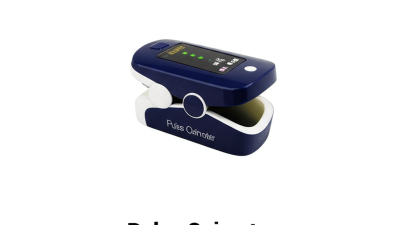
Top 10 Pulse Oximeter Manufacturers from China at the 137th Canton Fair
-
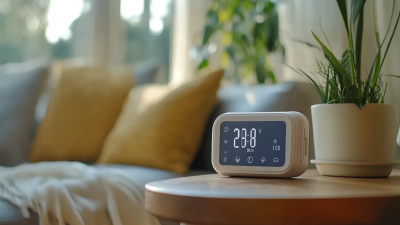
Revolutionizing Healthcare with Home Pulse Oximeters and Their Impact on Global Patient Monitoring
-
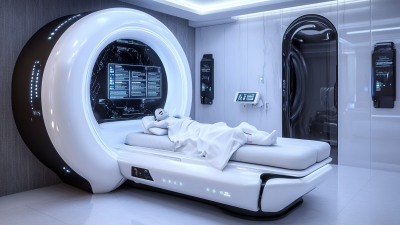
Global Innovations in Pulse Ox Machines: What to Expect by 2025
-
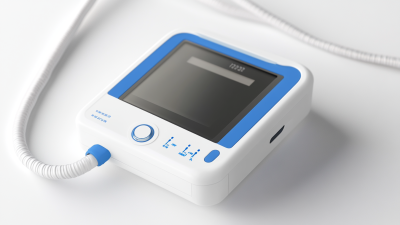
Discover the High Efficiency of Oxygen Pulse Oximeters from China's Leading Manufacturing Plant
-
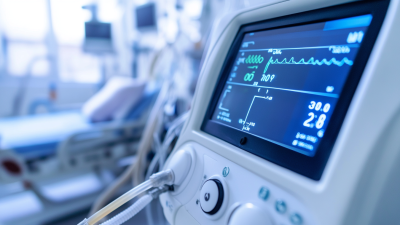
Ultimate Checklist for Choosing the Best Oxygen Pulse Oximeter for Your Needs
-
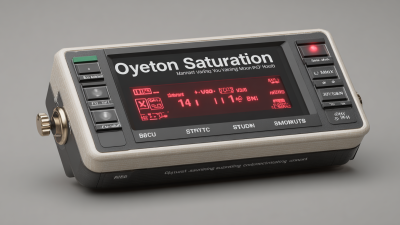
Maximizing Value with Unmatched After Sales Support for Your Best Oxygen Saturation Monitor

